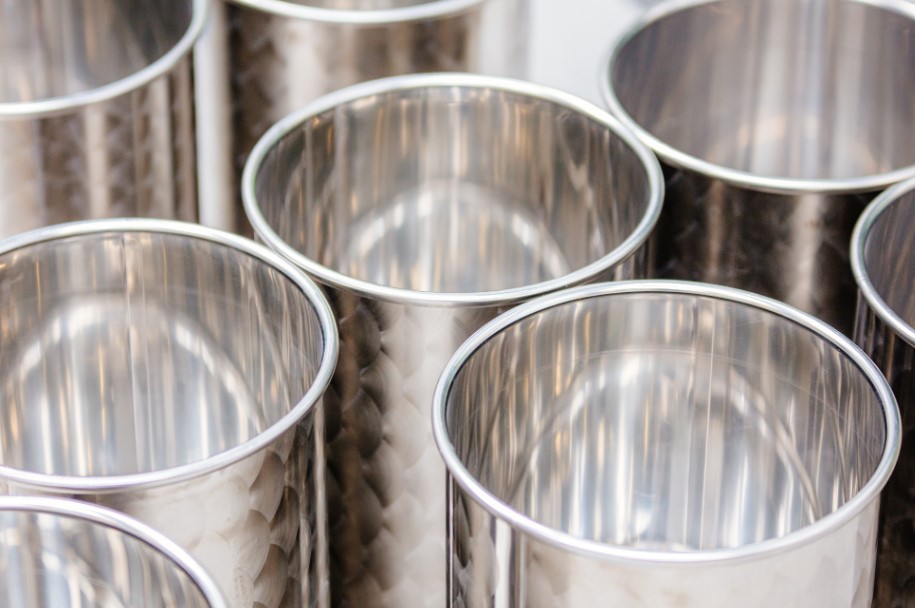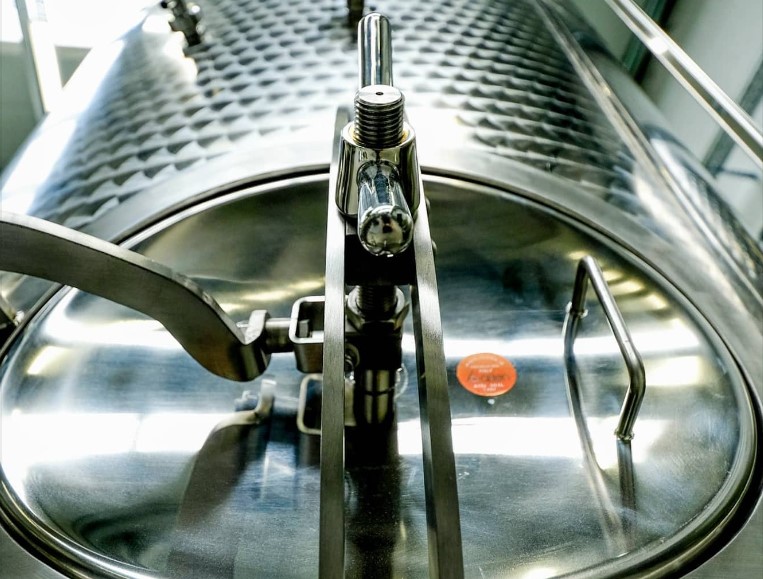
The Influence of Aging Vessels on Wine Character
Wine aging vessels are crucial in shaping the character and complexity of the final product. Whether it’s the traditional oak barrels, modern materials like concrete and stainless steel, or throwbacks like clay amphorae, each vessel contributes distinct characteristics to the wine.

Table of Contents
Foudres – Preserving Purity in Wine Aging
Foudres, large wooden casks usually made of oak, have been a longstanding tradition in winemaking. Ranging from 1,000 to 3,000 liters, foudres don’t add oak flavors but facilitate a gradual exchange of oxygen. This gentle aging process preserves the fruit’s purity, resulting in wines with a softer texture and well-integrated tannins.
Concrete Eggs – A Modern Approach to Wine Aging
Concrete eggs have emerged as a contemporary alternative to traditional vessels. The egg shape encourages natural wine circulation, while the material provides consistent micro-oxygenation. This imparts a rounded mouthfeel and heightened complexity due to constant lees contact. Wines aged in concrete eggs often strike a balance between freshness and texture, appealing to winemakers embracing a modern approach to aging.
The Timeless Influence of Clay Amphorae on Winemaking
Clay amphorae, utilized in wine aging for around 6,000 years, are experiencing a recent resurgence in popularity. Offering a porous environment that enables subtle oxygen exchange, these vessels contribute to the development of earthy and mineral notes in wines. Amphora-aged wines often showcase a textured and grippy mouthfeel, underscoring the impact of the vessel on the wine’s tactile qualities. Winemakers embracing natural and minimal intervention practices turn to amphorae to enhance terroir expression.
Stainless Steel Tanks – Preserving Fruit Purity
Stainless wine tanks possess an inert nature that preserves primary fruit flavors. The non-reactive material minimizes oxidation, creating a reductive environment that helps maintain the wine’s crispness and vibrancy. Particularly favored for aromatic grape varieties, stainless steel allows wines to retain their varietal characteristics without external influences.
Crafting Structure with New Oak Barriques
New oak barriques serve as a potent tool for imparting structure to wines destined for long-term aging. Beyond contributing vanilla, spice, and toasty notes, the increased tannin extraction provides the necessary framework for extended cellaring. Wines aged in new oak barriques exhibit complexity, depth, and the ability to evolve gracefully over time.
Embracing Subtlety: The Influence of Used Oak Barriques
Used oak barriques, having already played a role in previous vintages, offer a more nuanced oak influence. This allows for a clearer expression of both the grape and terroir. With softer tannins and an expedited maturation process, wines aged in used oak barriques become more approachable at an earlier stage. This vessel is often the preferred choice for wines intended for more immediate consumption.
Crafting Complexity: The Diverse Landscape of Wine Aging Vessels
In the vast array of wine aging vessels, each option brings a unique set of attributes to the winemaker’s toolkit. Whether it’s the time-honored elegance of foudre, the contemporary precision of stainless steel, or the ancient allure of clay amphorae, the choice of vessel is a nuanced decision reflecting the winemaker’s philosophy and the desired style of the final wine. As the world of winemaking evolves, the exploration of different aging vessels stands as a testament to the rich tapestry of possibilities within this timeless craft.




